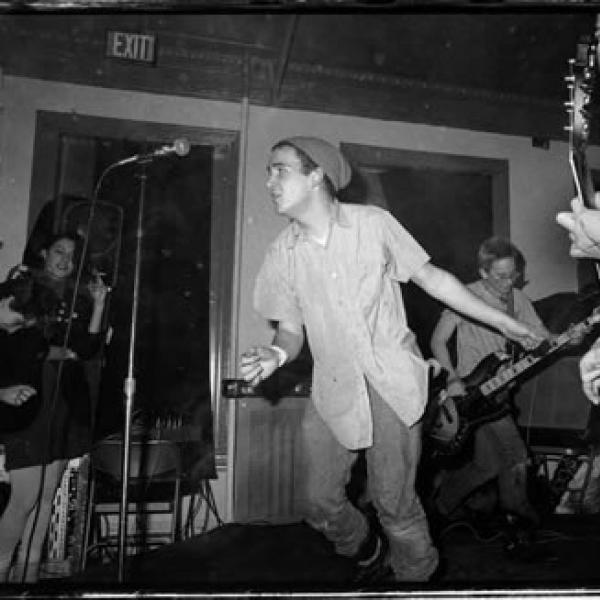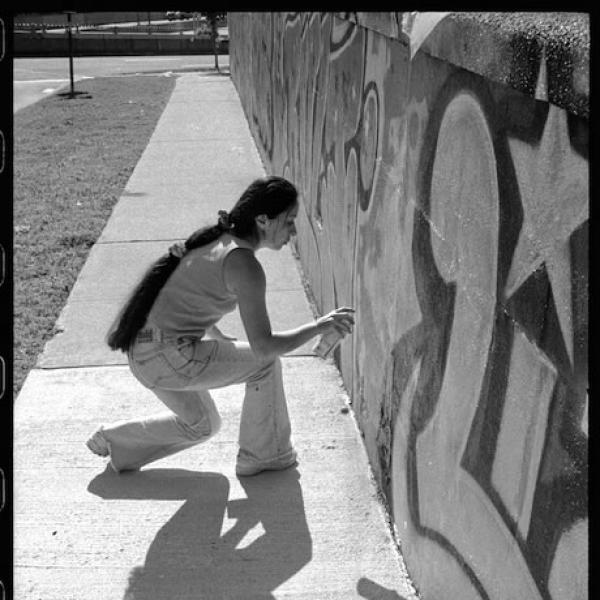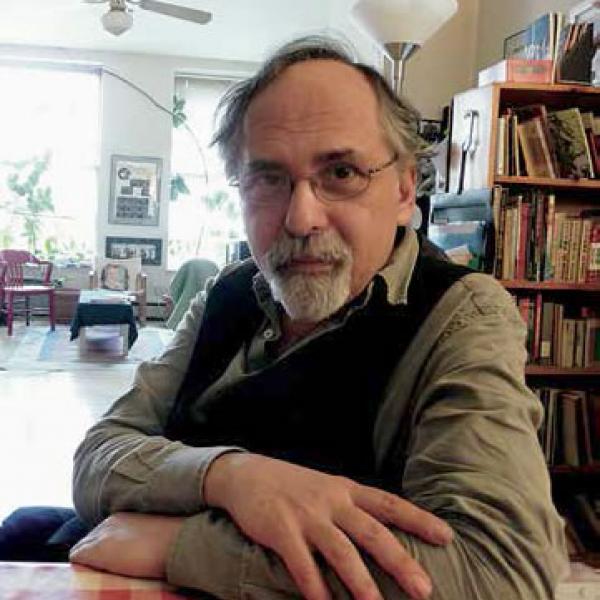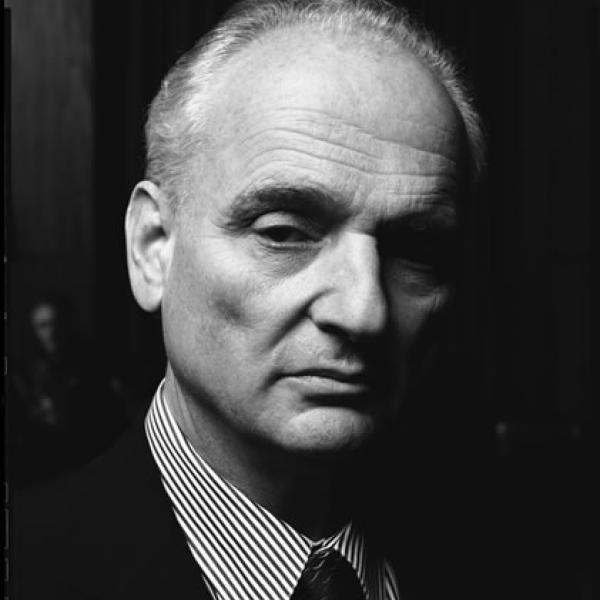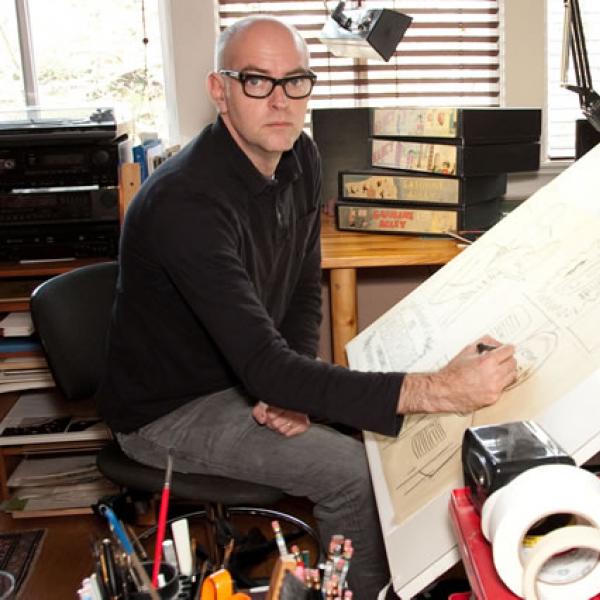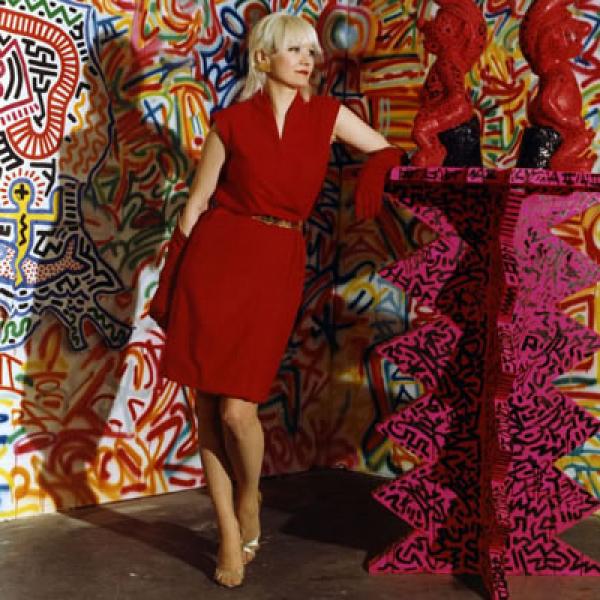Creating a Movement

Creation surrounds us. For years, people around the country have been crafting, tinkering, and making exceptional works that range from fire-breathing dragon sculptures to 3D printing to entire villages made out of toothpicks. But they weren't acknowledged as creators. They didn't have a platform on which to share their ideas or process. They didn't have a gallery to display their finished inventions. They just had their garages, their tabletops, their darkrooms. Now, their craft is being seen.
The Maker Movement is setting the stage for those who have longed for a place to share creativity. It is a celebration of the innovation found in objects that were previously unrecognized in the mainstream, thought of only as Do-It-Yourself, or DIY, projects. The products of the Maker Movement draw concepts and ideas from arts, crafts, electronics, foods, urban farming, woodworking, music, and more, and their intelligence and aesthetics can be astounding. The Maker Movement bends labels and boundaries with the goal of fostering a community of raw creation.
The movement gained momentum when Dale Dougherty, founder, president, and CEO of Maker Media, launched MAKE magazine in 2005. According to Dougherty, the movement "at its essence calls us to see ourselves as makers -- that we are producers, creators, builders of the world we live in. It is about a cultural transformation that asks us to participate in the creation of culture, not just its consumption. Making is what humans do, and we have old notions such as 'homo faber'."
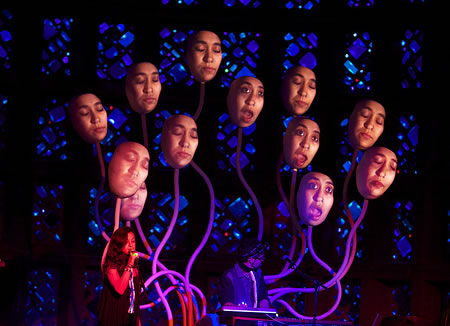
People took quickly to the movement. It provided a forum for those interested in creating, and fueled a passion in many. Dougherty believes that the passion is inspired by the challenge of the task. "Making can be difficult; it requires time and skill. Yet, like hobbies which are easy to start but difficult to master, the challenges are also the source of the rewards. You want to prove to yourself that you can do something, and you are proud of yourself when you do it and want to share it with others."
A year after the inception of MAKE magazine, Maker Faire began. The Faire's goal was to bring together like-minded artisans, builders, and admirers of the Maker movement. Self-defined as "part science fair, part county fair, and part something entirely new," what started as a single gathering in San Mateo, California, in 2006 as the Bay Area Maker Faire is now an international phenomenon. The first Faire attracted 22,000 people, but attendance now has soared, with 120,000 people attending the Bay Area Maker Faire this year. The world has taken the Maker Movement and run with it. The Movement can be found everywhere, even in the White House, which has hosted conversations about the movement, hoping to inspire young people to try their hand at making. This year, there will be more than 60 "Mini Maker Faires" that range from Alaska to Kenya.
The Faires bring together people who are making striking and intelligent objects. Projects presented at the Faires include mechanical hands that replicate human movement, blown-glass exhibits, light displays, and a metal tree sculpture. Maker Faire is unique in that it includes pieces of what could be considered fine art, as well as things that are firmly based in the technological world. The melding of the disciplines, often seen as being at opposite ends of the spectrum, seems to ask a question that goes one step past crafts -- can technology be considered art?
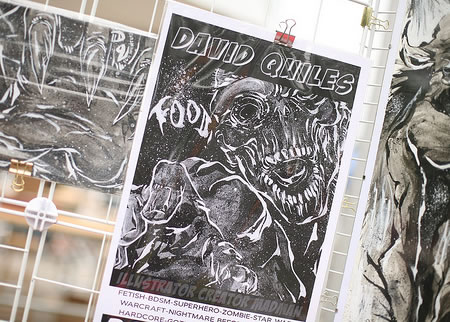
Sherry Huss, vice president for Maker Media, thinks the answer is yes. "Technology is deeply rooted in the MAKE ethos and we see all maker activities, many of which include technology, as an art form and the creative expression of the maker."
When looked at through the Maker Movement, technology is not a leap away from the fine arts. The same dedication, attention to detail, and creativity goes into inventing a robot that it does into painting a canvas. When asked if he saw a connection between the disciplines, Dougherty said, "We often frame arts and crafts as being very personal and we often frame science and technology as being impersonal. Yet I think the Maker Movement is re-framing both arts and crafts and science and technology, so that they are understood to be highly personal and social, yet with shared skills and capabilities. It doesn't mean they are the same thing, but our culture has tended to separate them and create distance when we should be looking for cross-links and connections. Creativity lives at these intersections." Huss added, "The connection here is that these makers and maker communities are drawn together by a common delight in the magic of tinkering, hacking, creating, and reusing materials and technology. Maker Faire celebrates makers of all disciplines and those that embrace the DIY spirit. At Maker Faire, the focus is the process of making -- not just the finished product."
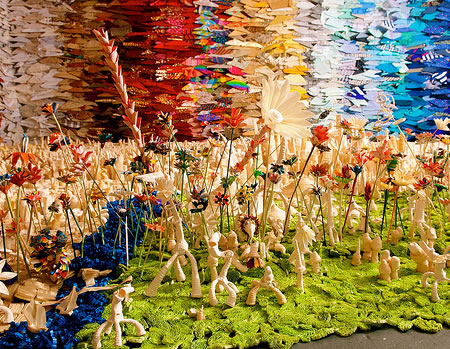
Maker Faire and the Maker Movement show that ordinary people have the power to imagine, design, and invent. Through the Movement, artisans, engineers, and enthusiastic hobbyists are coming together to celebrate creation. Huss believes that this is just the beginning for makers. "We are starting to see the audience of Maker Faire getting younger every year. This is an excellent sign that the movement is continuing to grow and gain momentum." If the momentum continues, we could see new categories of art emerge in the coming years, as more people join the Maker Movement.


